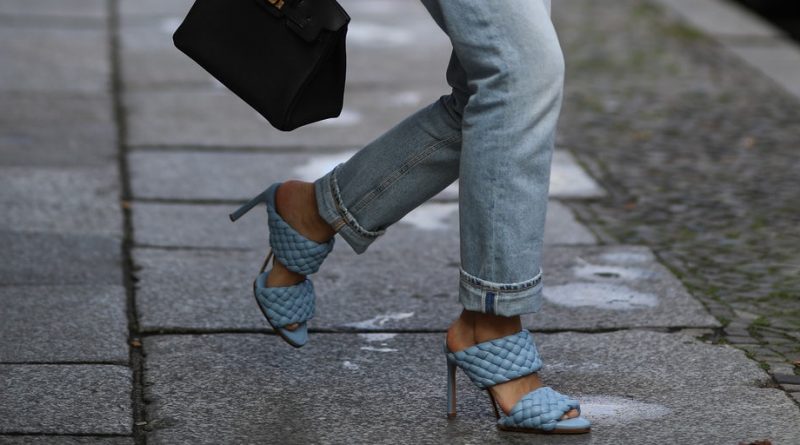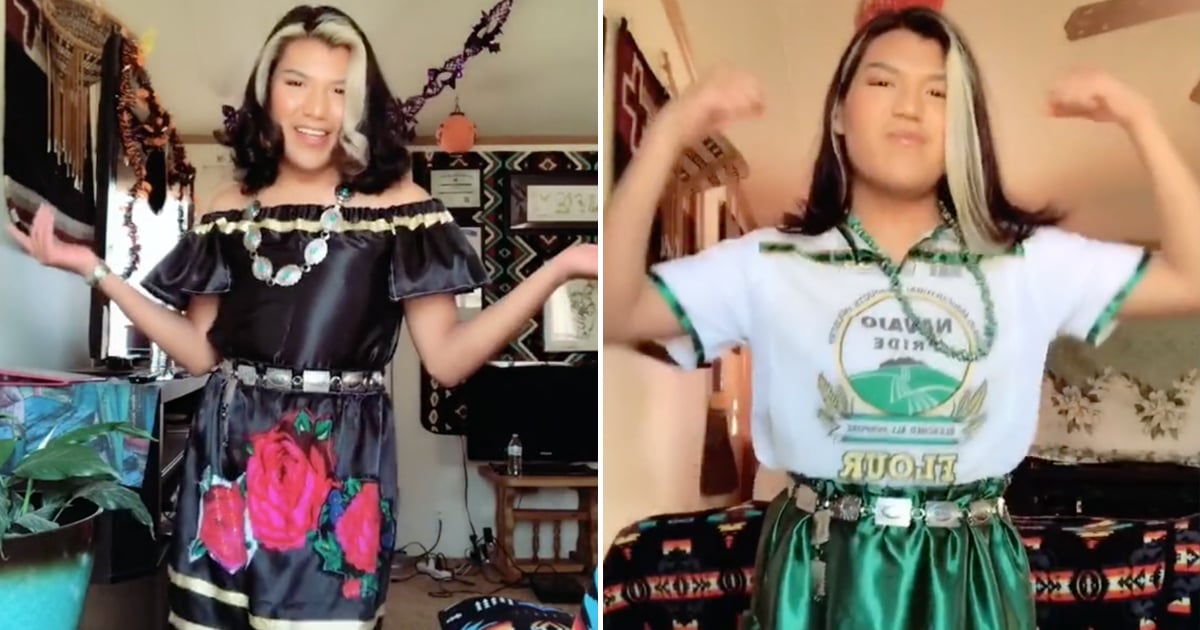Luxury’s Coronavirus Recovery: Who’s Ahead and Who’s Behind? | Intelligence, BoF Professional
Last week, LVMH said 3Q fashion sales returned to double-digit growth
Hermès also returned to growth, rising 7 percent
Kering’s Gucci sank 9 percent, smaller Bottega Veneta jumped 21 percent
PARIS, France — Last week, when luxury’s biggest player LVMH reported a 12 percent jump in fashion and leather goods sales over the summer, the news that two of fashion’s biggest and most profitable brands, Louis Vuitton and Christian Dior, had come roaring back to growth sparked hope for investors across the sector. Even as LVMH sales fell 7 percent overall, shares rose not just for the Paris-based conglomerate but also for rival companies including Gucci-owner Kering, Hermès and Moncler.
On Thursday, a week after Louis Vuitton and Dior set a high bar, the sector got to see how the competition actually stacked up. Kering, Hermès and Moncler all reported fresh momentum in the third quarter after the coronavirus shuttered stores and crushed consumer demand this spring. But while some brands continued to sink year-on-year, others surged back to growth. And the gap between winners and losers appears to have widened.
Gucci lags at Kering
Kering reported a dramatic improvement over the summer with sales falling just 1 percent excluding currency shifts, after a 44 percent year-on-year decline in the second quarter. But flagship brand Gucci, which made up more than half of the group’s sales and three-quarters of profit last year, lagged behind. Sales fell 9 percent year over year at the Italian fashion house, trailing peers.
Market experts have predicted that luxury’s biggest and most recognisable brands, which already outperformed competitors in recent years, will race further ahead of smaller rivals during and after the pandemic. As the industry’s third-biggest label (after Chanel and Louis Vuitton) and one of its most well-known names, Gucci should be on that winning team.
Gucci’s strength in digital marketing and a creative reboot that swung fashion’s pendulum and appealed to Millenials and Gen Z had been a defining edge on rivals during a phase of breakneck growth leading up to the pandemic, when the brand doubled its revenues in four years under designer Alessandro Michele and chief executive Marco Bizzarri. Its online prowess surely helped Gucci during months of lockdowns and store closures, but it wasn’t enough to fuel a rebound as tax-exempt travellers remained grounded in their home markets, and local consumers — apparently a weak spot for Kering — became a key focus.
The brand also seems to have been backfooted by its greater exposure to the ebb and flow of fashion trends compared to more timeless offerings: Michele had already been racing to supplement his decadent vision with sleek, classic styles, but the brand’s renewal may not have been fast enough as consumers steered themselves toward products viewed as more durable investment pieces.
“It’s clear we have some work to do in comparison to peers to engage the local customer,” Kering’s CFO Jean-Marc Duplaix said.
“Gucci’s underperformance relative to Louis Vuitton and Hermès may be a cause for concern,” said Harry Barnick, analyst at Third Bridge. “Mega-brands are recovering fastest in the luxury sector, [but] Gucci may now be falling behind the pack.”
That there would be some correction after the explosion of consumer appetite for Gucci in recent years seemed inevitable. But the brand has continued to clean up its distribution during the downturn, focusing on direct channels, and could come back stronger after pulling out of some less luxurious wholesale accounts.
Bottega Veneta’s surge
Luckily for Kering, stronger performance at most of its smaller brands including Saint Laurent, Balenciaga and Alexander McQueen helped to pick up the slack.
Bottega Veneta was a standout, with sales surging 21 percent year-on-year amid continued demand for designer Daniel Lee’s revamped designs for the Italian heritage brand. That’s the fastest growth reported by any luxury brand so far this quarter — and this at a brand that’s neither logo-driven nor has the scale of Chanel or Vuitton.
Bottega Veneta had stagnated in recent years as the more discreet image cultivated by previous designer Tomas Maier struggled to recruit younger clients. Lee’s more photogenic, social-media friendly designs pushed it back in the spotlight, and sales have continued to accelerate as consumers in key markets like China have seized on the new image since the start of the year.
Hermès back to growth
When it comes to its most in-demand leather goods, the Birkin and Kelly handbags, Hermès has never had a problem selling what it makes. After its leatherworking plants across France got back to work following the country’s coronavirus lockdowns, sales quickly followed: leather goods and saddlery revenues rose 8 percent during the third quarter, followed closely by its second-biggest division, fashion.
While Hermès’ division selling jewellery and home goods surged 42 percent, silk scarves and neckties plunged 21 percent: the latter category is notably dependent on travel retail splurges and gifting for special occasions. And while advertisements for Hermès’ new lipstick became inescapable from billboards to cinemas to social media, the division selling perfumes and beauty fell 10 percent.
Moncler still retreating
But then again, summer is hardly peak season for selling ski jackets. The months of July through September hardly make up Moncler’s biggest quarter. And that could be for the best, since sales fell as much as 14 percent for the puffy-coat maker.
It could also be for the worst: as coronavirus restrictions intensify in many regions, it may turn out that the summer months were brands’ best chance to regain some ground after a very difficult year.
Moncler’s “short-term trajectory will depend on the severity of further Covid-19 related disruption to the peak trading season: 40% of sales are in 4Q,” Bernstein analyst Luca Solca said in a note to clients. The third-quarter result, while falling double-digits, was still a marked improvement on the previous quarter when sales fell by around 50 percent. But the holiday quarter that drives sales for Moncler even more than others remains fraught with uncertainty.
Disclosure: LVMH is part of a group of investors who, together, hold a minority interest in The Business of Fashion. All investors have signed shareholder’s documentation guaranteeing BoF’s complete editorial independence.
Editor’s Note: This article was revised on 23rd October 2020. An earlier version misstated that Gucci’s third-quarter sales missed financial analysts’ estimates. Analysts had, in fact, expected a slightly larger quarterly decline.
Related Articles:
The Future of Handbags
How Did LVMH Fashion Get Back to Double-Digit Growth Already?
Op-Ed: Luxury’s Future in Four Key Trends



:quality(70):focal(839x684:849x694)/cloudfront-eu-central-1.images.arcpublishing.com/businessoffashion/HMRW44D5TNDDHECAGWQBMP6WJE.jpg)

